Version 1.5 Improves Typography in iBooks on iPad and iPhone

Late last Tuesday the new version 1.5 of What the iPad is Missing (No, it's not a Camera). In this incisive examination of the typography on the then newly-released iPad my partner-in-font-geekery Stephen Coles lamented that Apple seemed to have lost its design flair and dropped the ball. The result was a string of incomprehensible typographic blunders in UI and apps, amongst others a rather… errr… peculiar type palette for iBooks. A few egregious shortcomings in Apple's e-book application were rectified in version 1.1 – the option to disable full justification and the addition of Georgia. Besides offering stability and performance improvements, version 1.5 includes several new features, like a redesigned annotation palette for easier colour-picking for your highlighted text. A Night reading theme with light letters on black background was added to the existing Normal and Sepia views, turning reading in the dark easier on the eyes. At last a Full Screen option allows you to get rid of all those nonsensical elements that attempt to make reading in iBooks feel like reading a printed book. And finally the font selection is vastly improved with four new typefaces.
To make room for those new typefaces a few others had to go. Thankfully Cochin and Baskerville went the way of the dodo. In his typography on iPad review Stephen astutely stated that "Cochin reeks of a decision made by someone gawking at pretty letters rather than diving into pages of text", while "[s]ome cuts of Baskerville work well in print, but its weight is far too uneven for text in pixels."
Surprisingly also Verdana disappeared from the typeface options. This may seem like a step backwards, as Matthew Carter's seminal face is widely regarded as the pinnacle of readability on the web, making it de facto standard sans serif for the type-savvy internet user. In his insightful post on his blog The Future of Reading Bill Hill explains why this decision makes sense. This former Director of Microsoft's Typography Group helped invent ClearType, worked on eBooks, and defined requirements for onscreen readability. Although he was the person who originally commissioned Verdana, Hill points out that "with its large x-height and very generous spacing, it never felt comfortable as an eBook font." He has similar reservations about Georgia: "I for one never felt totally comfortable with it as a book face. There's something very dark and 'vertical' about the way it feels." Hill concludes his post with:
(…) Verdana and Georgia were the best anyone could do for reading on a screen back in 1995. But with screen resolutions of 133ppi for today's iPads (soon to be double that if the rumors about iPad 3 are true) and the stunning resolution of the iPhone's Retina Display, we can do better, 20 years on.

Books! by Robina
So what are those four new typefaces in iBooks 1.5? The first three are confident, low-contrast serif faces. This is a very wise approach – because there is only a moderate difference between the narrow and thick strokes the text image is of a more even grey, which is easier on the eye and much more comfortable for long-term immersive reading. One design is fairly recent: Athelas (2008), designed by TypeTogether partners Veronika Burian and José Scaglione. The two others are contemporary classics: ITC Charter (1987) by living legend Matthew Carter, and letterer / type designer John Downer's Iowan Old Style (1990).
Just like Athelas the final newcomer is also fairly recent: the humanist sans serif Seravek (2007), designed by Process Type Foundry founder and partner Eric Olson. This selection makes abundantly clear that Apple either finally got their sh!t together, or they consulted with (a) type expert(s). Unfortunately I wasn't able to get any information from Apple about the how and why of this selection, and the foundries I talked to couldn't help me neither. I don't know if these were the only families selected, or if other foundries also gave quotes for typefaces that weren't withheld. Like Glenn Fleishman writes in his interesting essay for Boing Boing "Apple is a cipher, and its reasons for making changes often a mystery."
Athelas



TypeTogether's Athelas in iBooks 1.5, from top to bottom Normal, Sepia, and Night view.
Click any of the screen fragments to see the complete screen in full resolution.
Veronika Burian and José Scaglione describe Athelas as an attempt to return to the beauty of fine book printing. With its open counters, elegant curves and graceful serifs, it makes optimal use of the typographic silence – the white space found in the page margins; between the columns, the lines, the words, the letters and finally, within the characters themselves. The fluid shapes of the Roman variants contrast against the more angular italics. Athelas really shines in finely crafted book editions and good printing conditions.
This classic-looking serif face is decidedly contemporary. Athelas takes full advantage of the recent technical developments in offset printing, and is perfectly readable on screen. Although the family finds its inspiration in Britain's literary classics, Athelas has a large multilingual character set that covers most of the languages using the Latin script. Its design respects the cultural values of those languages where diacritic marks often play a crucial role.
Athelas was part of the Tipos Latinos exhibition 2006, and was selected as winner of the Granshan competition 2008 in the text type category.
ITC Charter



Matthew Carter's ITC Charter in iBooks 1.5, from top to bottom Normal, Sepia, and Night view.
Click any of the screen fragments to see the complete screen in full resolution.
Matthew Carter drew ITC Charter to perform equally well on the high-resolution image setters and low-resolution printers available at that time. To create a face that could bring typographic beauty and clarity to a laser-printed office memo, a professionally printed fine book, or an advertising headline on newsprint, Carter looked at traditional models – specifically, the old style typefaces developed in 18th-century France – and then added some innovations of his own. ITC Charter's serifs are square and chunky in form; lowercase ball-terminals are drawn with a straight trailing edge, instead of a full, round shape; and the lowercase italic's proportions are almost as wide as the roman's. Those aid character legibility and typographic readability.
By tempering these rugged design traits with a sprinkling of Fournier, Carter created a fresh alternative to existing square serif designs. He also endowed ITC Charter with three other design features not typically found in old style types: narrow proportions for economy of space, a generous x-height to improve readability at small point sizes, and sturdy, open letter forms to insure reliable reproduction at all output resolutions.
Iowan Old Style



John Downer's Iowan Old Style in iBooks 1.5, from top to bottom Normal, Sepia, and Night view.
Click any of the screen fragments to see the complete screen in full resolution.
Iowan Old Style was designed for Bitstream in 1990 by noted sign painter John Downer. This hardy contemporary text design is modelled after earlier revivals of Jenson and Griffo typefaces but with a larger x-height, tighter letter fit, and re-proportioned capitals.
Read dot-font: An American Typeface Comes of Age, the excellent review by John D. Berry on the Creative Pro website.
Seravek



Process Type Foundry's Seravek in iBooks 1.5, from top to bottom Normal, Sepia, and Night view.
Click any of the screen fragments to see the complete screen in full resolution.
Eric Olson describes the essence of Seravek as "clear functionality, near invisibility and a tone whose presence is felt most once-removed." He thinks fonts of loud volume and expressive detail have a rightful place – Process Type Foundry have released many themselves – but fonts of near silence are equally intriguing and consequently very useful for complex texts.
Building from this, Seravek is tailored to the demanding needs of information, editorial, and identity design where the twin forces of richness and clarity must co-exist. The humanist sans is balanced and restrained, with unambiguous character shapes, open counters and a large x-height. The resulting letters are unobtrusive, refined and imbued with a sense of forward modernity – essential for a diverse range of work in today's environment.
Seravek was included in FontShop's FontStars™ 2007: Best Type of The Year.
iBooks 1.5 is a free download from the iTunes App Store.
With special thanks to Jens Kutilek.






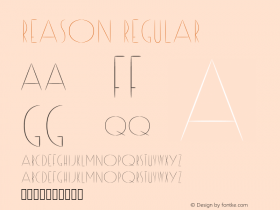















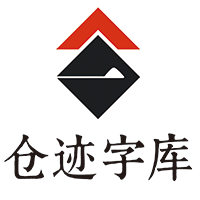

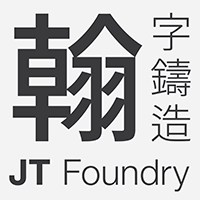
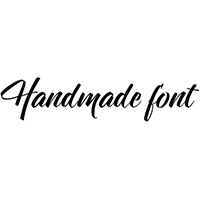
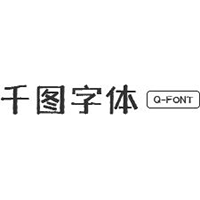
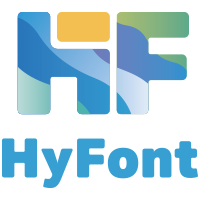






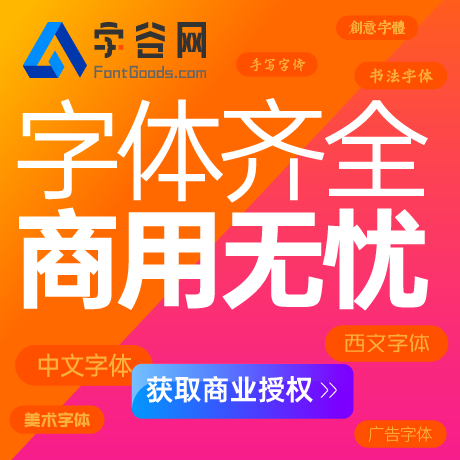

 闽公网安备35010202000240号
闽公网安备35010202000240号